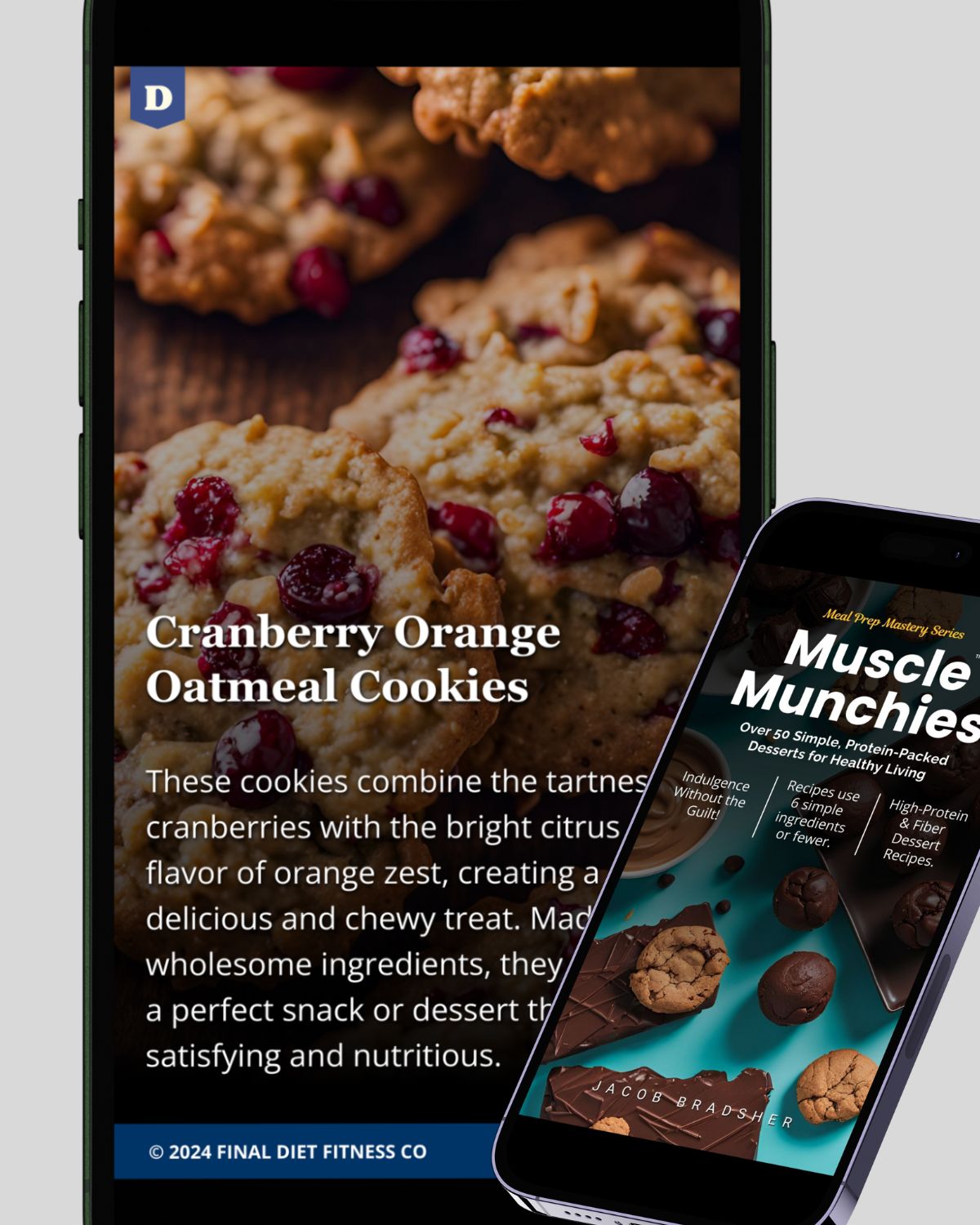
What is GLP-1 and Why Is It Important?
GLP-1 (glucagon-like peptide-1) is a hormone that plays a central role in glucose metabolism, appetite regulation, and insulin sensitivity. It is produced in the intestines and released after eating, signaling the body to reduce hunger, regulate blood sugar levels, and increase insulin secretion when needed. In essence, GLP-1 helps the body maintain energy balance and proper metabolic function.
People with impaired GLP-1 function can experience issues such as poor blood sugar regulation, increased appetite, and higher risk for conditions like Type 2 diabetes and obesity. Therefore, optimizing GLP-1 production or mimicking its effects can support overall metabolic health and help with weight management.
How GLP-1 Affects the Body
- Regulates Blood Sugar: GLP-1 stimulates insulin release in response to elevated blood glucose levels and inhibits glucagon, which prevents the liver from releasing excess sugar.
- Suppresses Appetite: GLP-1 acts on the brain to promote feelings of fullness, thereby helping to control appetite and prevent overeating.
- Enhances Satiety: This hormone slows gastric emptying, leading to prolonged feelings of fullness after meals.
- Supports Weight Loss: By regulating appetite and blood sugar, GLP-1 can help prevent fat accumulation and support fat loss.
Foods That Naturally Boost GLP-1
Certain foods have been shown to enhance GLP-1 production, making them great choices for supporting weight loss and metabolic health. These foods not only improve GLP-1 secretion but also provide other beneficial nutrients.
-
Fiber-Rich Foods High-fiber foods, such as vegetables, fruits, legumes, and whole grains, are known to boost GLP-1 production. Fiber slows digestion, which helps stimulate GLP-1 release from the gut. Fiber-rich foods like beans, lentils, oats, and flaxseeds also support satiety, reducing overall calorie intake.
- Examples: Beans, lentils, broccoli, apples, sweet potatoes, chia seeds, and quinoa.
-
Protein-Rich Foods Consuming adequate protein has been linked to increased GLP-1 secretion. Protein-rich meals, particularly those containing lean meats, eggs, fish, and plant-based proteins like tofu, stimulate the release of GLP-1, helping control appetite and stabilize blood sugar.
- Examples: Chicken, turkey, eggs, fish, tofu, tempeh, and Greek yogurt.
-
Healthy Fats Unsaturated fats, particularly those from plant sources like olive oil, avocado, and nuts, can help boost GLP-1 production. These fats enhance the release of GLP-1 and help with appetite regulation, making them excellent additions to a balanced diet.
- Examples: Avocados, olive oil, almonds, walnuts, chia seeds, and fatty fish like salmon.
-
Fermented Foods Foods rich in probiotics and fermented products, such as yogurt, kefir, kimchi, and sauerkraut, support gut health and may enhance GLP-1 production. A healthy gut microbiome is crucial for optimal GLP-1 secretion, and probiotic-rich foods help maintain this balance.
- Examples: Yogurt, kefir, kimchi, sauerkraut, miso, and pickles.
-
Bitter Foods and Herbs Some bitter foods and herbs, like bitter melon, dandelion greens, and turmeric, have been found to stimulate GLP-1 production. These foods help regulate blood sugar levels, support digestion, and promote feelings of fullness.
- Examples: Bitter melon, dandelion greens, turmeric, and arugula.
Strategies to Mimic GLP-1’s Effects
While certain foods can boost GLP-1, there are additional strategies you can implement to mimic GLP-1’s appetite-regulating and metabolism-enhancing effects:
-
Intermittent Fasting Intermittent fasting (IF) has been shown to naturally boost GLP-1 production. Fasting for certain periods of time allows your body to release more GLP-1, helping regulate blood sugar levels and control appetite. Popular methods include the 16:8 fasting method (fasting for 16 hours and eating within an 8-hour window).
-
Exercise Physical activity, especially aerobic exercise and strength training, can also stimulate GLP-1 secretion. Regular exercise helps improve insulin sensitivity and glucose metabolism, supporting overall health and increasing GLP-1 levels.
- Types of Exercise: Brisk walking, cycling, swimming, weight lifting, and high-intensity interval training (HIIT).
-
Hydration Staying hydrated is essential for optimal metabolic function. Dehydration can impair the release of GLP-1, so be sure to drink plenty of water throughout the day. Water, herbal teas, and low-calorie beverages can all help maintain hydration.
-
Manage Stress Chronic stress can disrupt the balance of hormones in the body, including GLP-1. Engaging in stress-reducing activities like yoga, meditation, deep breathing, or spending time in nature can support better hormone regulation and GLP-1 secretion.
-
Sleep Optimization Poor sleep can negatively impact GLP-1 production. Aim for 7-9 hours of quality sleep each night to optimize metabolic health and ensure GLP-1 is functioning properly.
Supplements That Mimic GLP-1 Effects
Several supplements are believed to mimic the effects of GLP-1, though more research is needed in this area. Some options include:
- Berberine: A plant compound known for improving insulin sensitivity and boosting GLP-1.
- Probiotics: To support gut health and enhance GLP-1 production.
- Chromium: A mineral that may improve insulin sensitivity and support glucose metabolism.
Conclusion
GLP-1 is a powerful hormone that regulates blood sugar, appetite, and overall metabolism. By incorporating GLP-1-boosting foods such as fiber-rich fruits and vegetables, protein sources, healthy fats, and fermented foods, you can improve metabolic health and manage weight. Additionally, strategies like intermittent fasting, regular exercise, stress management, and adequate sleep can mimic GLP-1’s effects, supporting long-term health and wellness.







